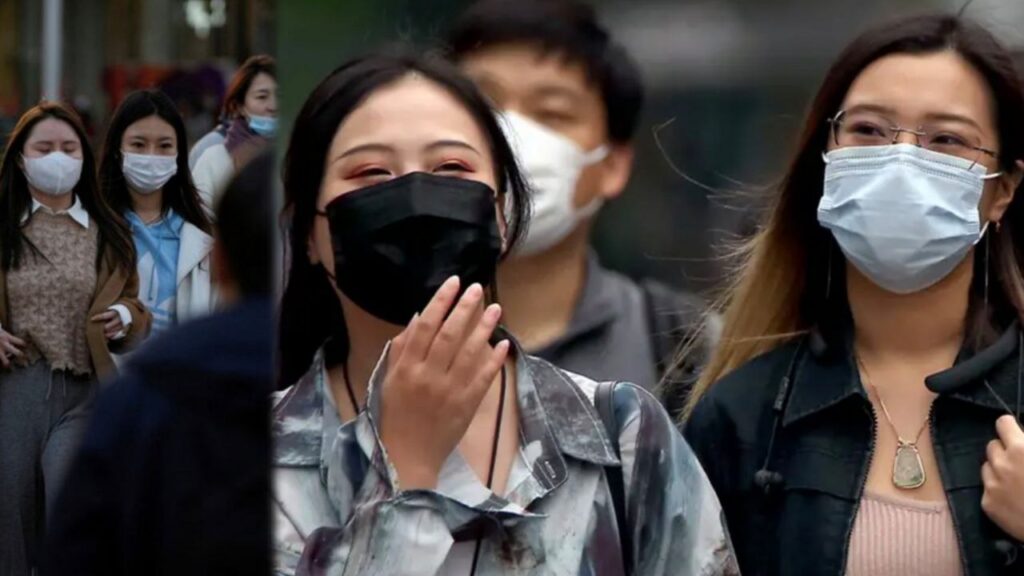Increase in HMPV Infections Among Children in China
Health authorities in China have reported a rise in human metapneumovirus (HMPV) infections among children aged 14 and under. However, the exact extent of this increase is still unclear. According to state media, the virus, which causes upper respiratory tract infections similar to the common cold, is now one of the top four most common viral infections seen in hospitals across the country.

Professor Andrew Easton, a virologist from the University of Warwick in the UK, explained that HMPV has been recognized as a significant concern for at-risk populations worldwide since its discovery in 2001. He noted that while the virus’s risk profile hasn’t significantly changed over the years, any increase in its incidence should be investigated to understand the reasons behind it.
What is HMPV?
Human metapneumovirus (HMPV) belongs to the same family of viruses as respiratory syncytial virus (RSV), which also causes respiratory infections. First identified in 2001, HMPV is known to lead to about 20,000 hospitalizations annually in children under the age of five in the United States.
The common symptoms of HMPV include cough, fever, nasal congestion, and shortness of breath. In more severe cases, it can lead to bronchitis (inflammation of the airways) or pneumonia (fluid buildup in the lungs). Young children, the elderly, and people with weakened immune systems are particularly vulnerable to severe symptoms.
Should Other Countries Be Concerned About HMPV in China?
While HMPV is a concern for vulnerable groups such as infants and the elderly, Professor Easton emphasized that the risk of severe cases has not significantly changed since the virus was first discovered. He compared it to other seasonal viruses like RSV and influenza, which also pose similar risks to young children and the elderly.
Kan Biao, head of the China CDC’s National Institute for Communicable Disease Control and Prevention, confirmed that HMPV cases in children under 14 have been on the rise. However, the exact cause of this increase remains unclear. According to Easton, it’s essential to determine whether this rise is due to changes in public behavior, increased exposure, or any potential mutations in the virus itself.
While genetic mutations of HMPV are unlikely to be the cause of the increase, further testing is required to rule this out. At the same time, China Daily reported that the overall rate of respiratory infections in China this winter has been lower than in previous years.
ALSO READ: Olivia Hussey, star of Romeo and Juliet (1968), dies at the age of 73
How Can We Protect Ourselves from HMPV?
Currently, there is no vaccine or specific antiviral treatment for HMPV. Treatment generally focuses on symptom relief and supportive care to keep vital signs stable. The duration of the infection can vary, but it generally resembles the course of other respiratory infections, such as the common cold.
To reduce the risk of infection, individuals can take similar precautions to those used for other respiratory viruses like the flu and COVID-19. The CDC recommends the following:
- Wash hands frequently with soap and water for at least 20 seconds.
- Avoid touching the face (eyes, nose, and mouth) with unwashed hands.
- Stay away from individuals who are unwell.
- Cover the mouth and nose when coughing or sneezing.
- Stay home when sick to prevent spreading the virus.
The CDC continues to monitor HMPV closely, so any significant rise in cases will likely be detected quickly.
YOU MAY LIKE IT: Why Mika Singh unexpectedly showed up at Amitabh Bachchan’s Diwali party

